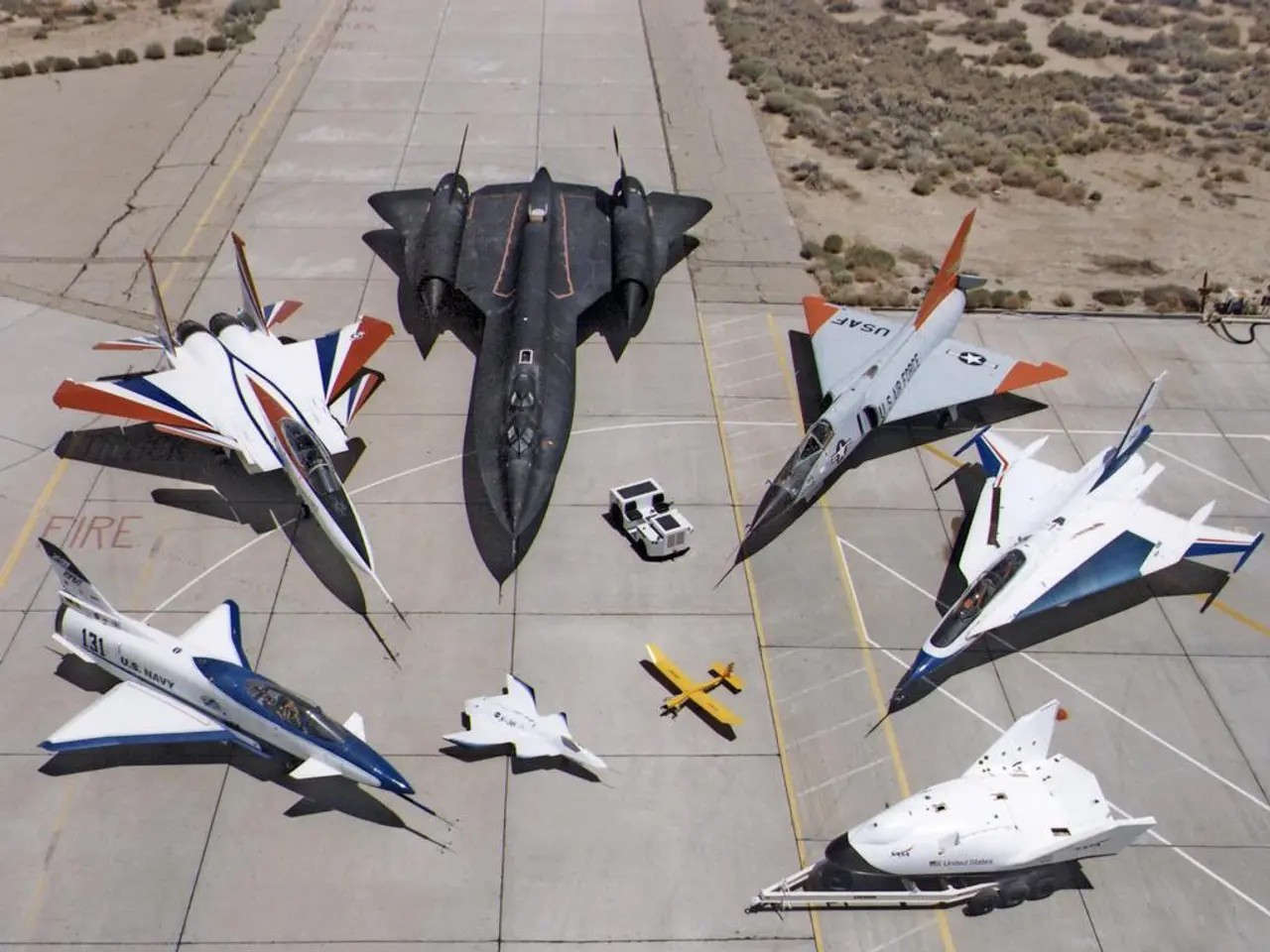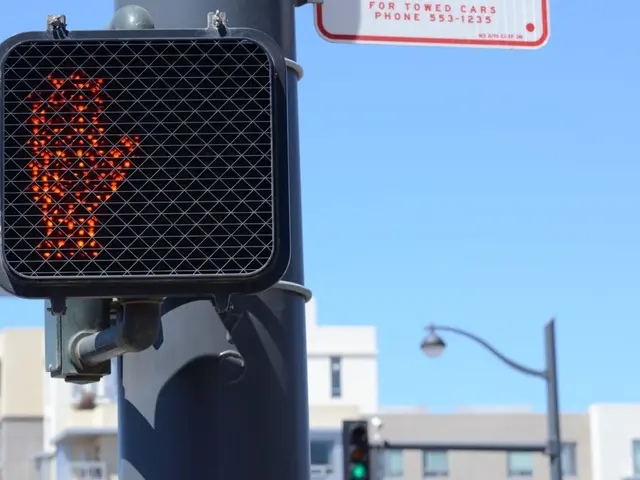Japan Introduces First Operational F-35B Stealth Aircraft
Japan Deploys First F-35B Stealth Fighters to Enhance Southern Defense
Japan took a significant step in its defense modernization on August 7, 2025, as it deployed its first F-35B stealth fighters to the Nyutabaru Air Base in southern Japan [1][2][3][5]. The state-of-the-art Short Takeoff and Vertical Landing (STOVL) variant aircraft marked their operational debut within the Japan Air Self-Defense Force.
Initially, four F-35Bs were stationed at Nyutabaru, with plans to base eight by the end of fiscal 2025 and to expand to a total fleet of 40 at the new Mageshima base after 2029 [1]. Japan approved acquiring 42 F-35Bs in 2018 as part of a broader defense modernization alongside over 100 F-35As, making it the largest F-35 operator outside the U.S.
Strengthening Japan's Southern Defenses
The deployment strategically strengthens Japan's defense in the southern region near Taiwan and the disputed Senkaku Islands, an area with increasing Chinese naval and air presence [1][2]. The Nansei Islands form a key strategic barrier controlling access to the first island chain, important for deterring potential Chinese military expansion [2].
Operating from Modified Destroyers
The integration of the F-35B's vertical landing capability supports Japan’s efforts to operate from shorter or less developed runways and modified Maritime Self-Defense Force (SDF) destroyers (Izumo and Kaga), which are being equipped to function as aircraft carriers after heat-resistant deck modifications [3].
Local Opposition and Concerns
Despite the strategic benefits, the deployment has faced local opposition. Protests near Nyutabaru have been voiced, particularly due to concerns about noise, especially from vertical landing exercises [3]. The government agreed not to conduct vertical landing exercises at Nyutabaru to address some local opposition [3]. Noise and safety concerns persist, prompting planned demonstration flights by U.S. pilots in September 2025 to familiarize residents with the aircraft’s characteristics, including noise levels during vertical landings [1][2].
Logistical Challenges
Broader questions remain about the F-35 program's global supply chain reliability, highlighted by incidents such as a UK F-35B aircraft being stranded in Japan awaiting spare parts—though this is not directly linked to Japan’s operational jets but illustrates potential logistical challenges [4].
Future Expansion Plans
Japan aims to have 40 F-35Bs in service by the time the Mageshima base becomes operational around 2029-2030, reinforcing its southern defense posture [1]. The Maritime SDF is modifying its Izumo-class helicopter carriers to support F-35B operations, allowing Japan to project air power from sea-based platforms, enhancing operational flexibility and deterrence [3]. The overarching plan includes building a large, modern F-35 fleet (both A and B variants), expanding Japan’s stealth and multirole fighter capabilities as part of a significant defense modernization effort that responds to regional threats [1].
In summary, Japan’s first deployment of F-35B stealth fighters is a significant step in enhancing its defense posture in the strategically sensitive southern region near Taiwan and contested islands. However, local opposition regarding noise and environmental concerns continues, while Japan proceeds with plans to expand its stealth fleet and modernize amphibious carrier capabilities. Logistical issues with the F-35 supply chain are a potential area of risk but have not directly impacted Japan’s fleet yet.
Photo of the new F-35B stealth fighters deployed at Nyutabaru Air Base reveals Japan's investment in its defense modernization policy, aligning with global finance and aerospace industries.
The policy expansion includes plans to not only increase the number of F-35Bs in Japan's fleet but also equip Maritime Self-Defense Force destroyers for takeoff and landing of these aircraft, demonstrating a forward-thinking approach in the aerospace industry.








